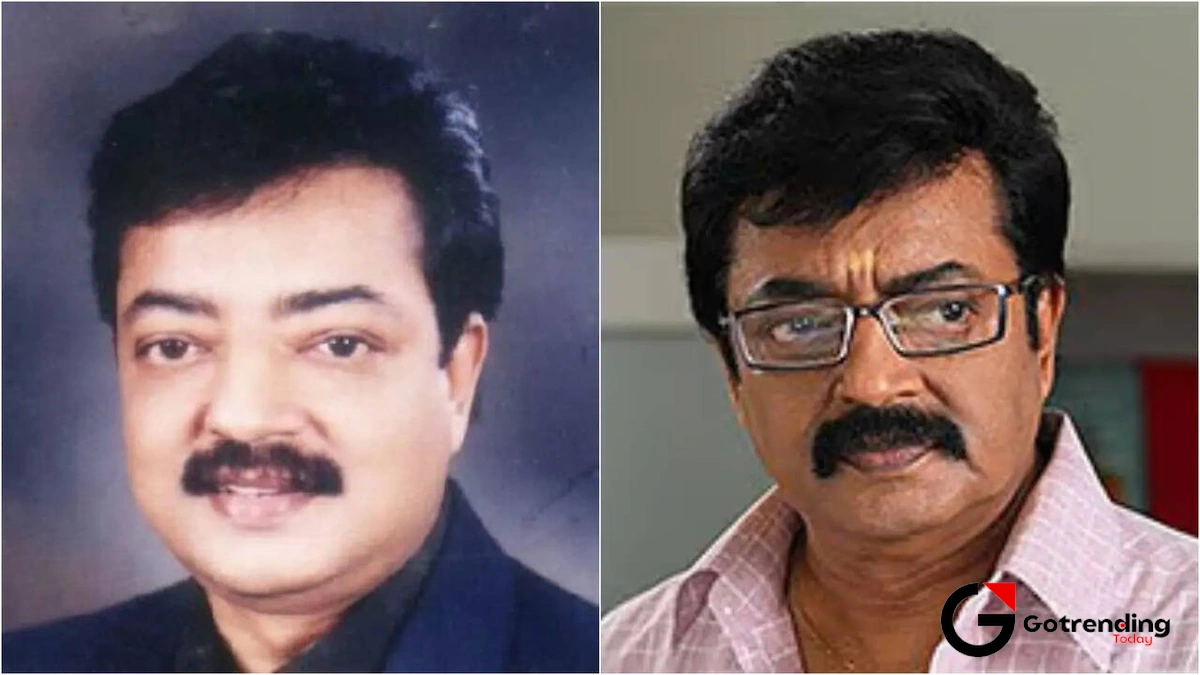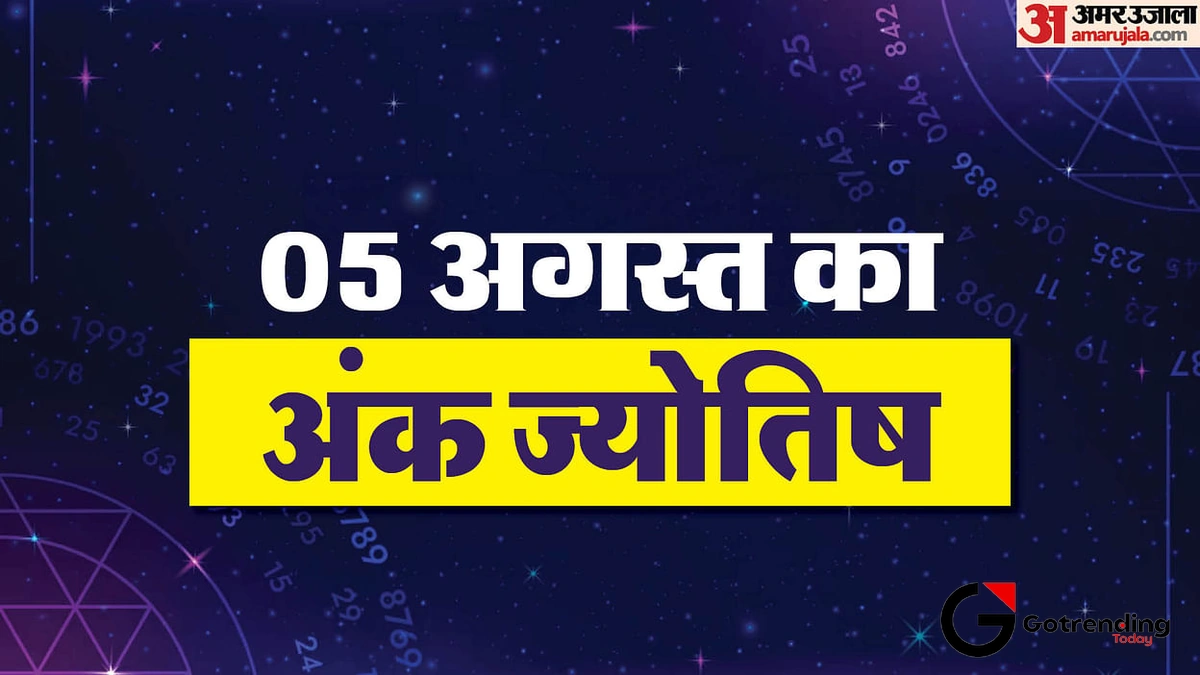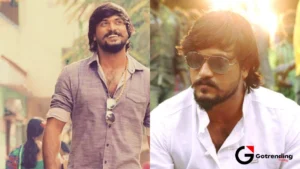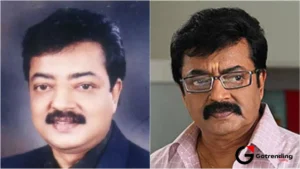The Dancer Who Became a Gangster | The Curious Case of Santhosh Balaraj
Let’s play a little game. Picture this: a dimly lit bar, the air thick with tension. A man sits alone, his eyes scanning the room with a quiet, menacing intensity. He doesn’t say a word, but his coiled posture and the subtle twitch in his jaw tell you everything you need to know. This is a man you don’t mess with. Now, who do you picture? For a generation of Tamil cinema fans, that face belongs to Santhosh Balaraj .
He’s the face that launched a thousand reaction memes in “Ganag Kaavalaa,” the imposing presence that went toe-to-toe with Vijay Sethupathi in Kadhalum Kadandhu Pogum . He is, for all intents and purposes, modern Tamil cinema’s go-to guy for raw, authentic grit.
But here’s the thing that fascinates me, and it’s a detail so wildly out of place it feels like a movie plot twist in itself. Before he was the terrifying gangster, the brooding henchman, or the street-smart thug… Santhosh Balaraj was a professional dancer.
Wait, what?
Exactly. The man whose on-screen persona is built on explosive, often clumsy, real-world violence, spent years mastering the art of disciplined, fluid, and graceful movement. And that, right there, is not just a fun fact. It’s the key to understanding why he is one of the most compelling and quietly influential character actors working in India today. This isn’t just about his filmography; it’s about the art of complete transformation.
From the Dance Floor to the Mean Streets | An Unlikely Origin Story
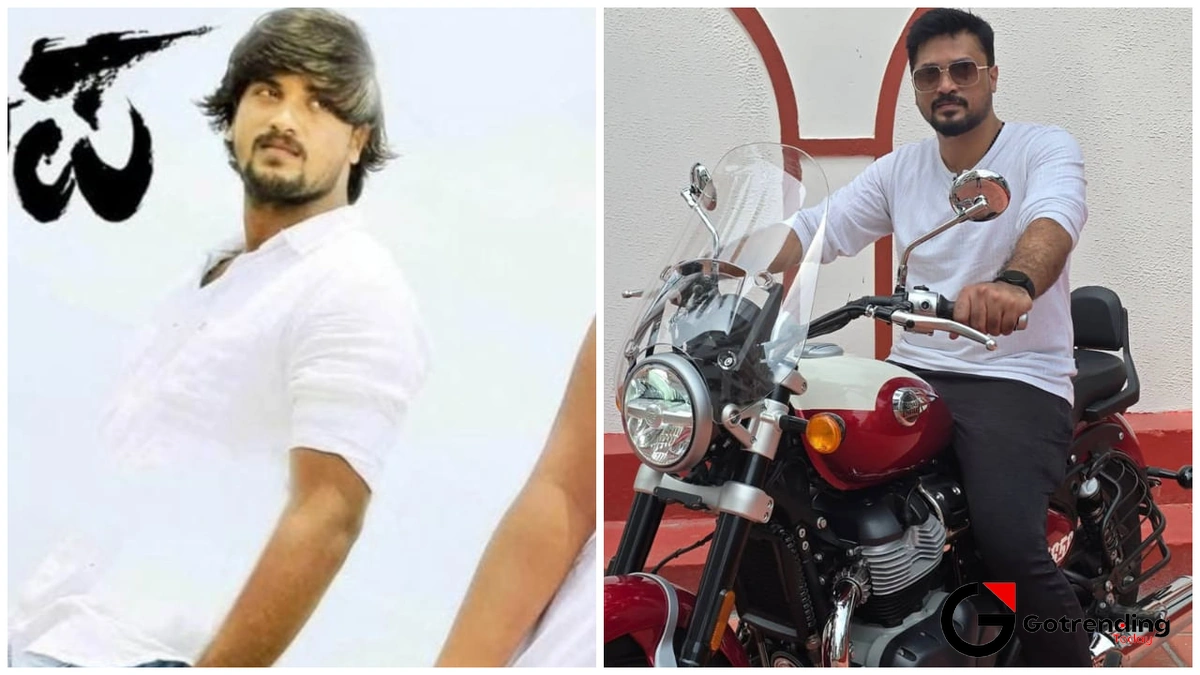
Most actors follow a somewhat predictable path. Theatre, acting school, short films, a lucky break. Santhosh’s journey feels like it was written by two different authors who never spoke to each other. He started his career in the world of professional dance, a space that demands precision, elegance, and a deep connection with rhythm. I’ve heard he was part of a popular dance crew, a world away from the gritty, dusty lanes of North Madras he would later inhabit on screen.
So, how does a dancer even make that leap? It wasn’t a calculated career move. It was, like most great things in cinema, a matter of being the right face at the right time. Directors like Pa. Ranjith and Nalan Kumarasamy were pioneering a new wave of Tamil cinema one that valued authenticity over glamour. They needed faces that looked like they belonged to the world they were creating. Not models, not star kids, but people who looked real.
And Santhosh Balaraj had that face. A face that could tell a story without a single line of dialogue. His entry into cinema, especially with his role in Pa. Ranjith’s Attakathi and later gaining more notice in Madras , was a testament to this new casting philosophy. They didn’t cast a dancer; they cast a presence. The fact that this presence was housed in the body of a trained performer was a bonus they would only later come to fully appreciate.
The Art of Disappearing | Why He’s More Than Just a “Villain”
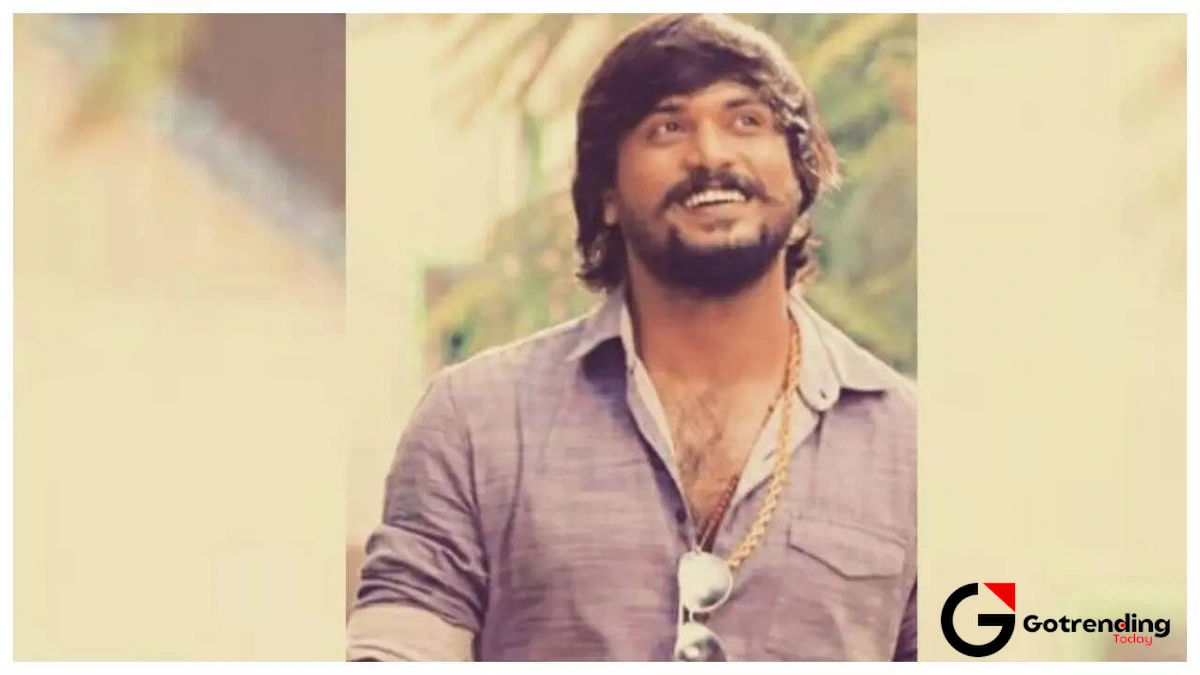
It’s easy to slap a label on an actor like Santhosh. “He plays villains,” “He’s the gangster guy.” And while technically true, it’s a lazy analysis. What makes his work so compelling is that he doesn’t play archetypes; he plays people. Think about his most iconic role in Kadhalum Kadandhu Pogum . He’s the local don, yes, but watch him closely.
He isn’t a cackling, over-the-top movie villain. He’s a small-time leader trying to protect his turf, dealing with his own insecurities and frustrations. The famous confrontation scene with Vijay Sethupathi is a masterclass in controlled aggression. It’s not about winning a fight; it’s about not losing face. There’s a world of difference. That’s not villainy; that’s character. This is where you can unlock perfect long weekend viewing pleasure by diving into his filmography.
This ability to “disappear” into the fabric of a film’s world is his superpower. He provides the texture, the danger, the authenticity that makes the hero’s journey feel real and earned. A hero is only as good as the world he has to overcome, and Santhosh Balaraj builds that world with his sheer, believable presence. He makes you believe that a wrong move in this part of town could have serious consequences.
The ‘Gethu’ Factor | How Dance Secretly Fuels His Intense Performances

Okay, let’s get back to the dancer-to-gangster pipeline. It seems counterintuitive, right? Grace vs. Grit. But I’d argue his dance background is precisely what gives him his on-screen ‘gethu’ (a fantastic Tamil word for authority, style, and undeniable presence).
Here’s why:
- Incredible Body Control: Dance is all about understanding your body as an instrument. Where to put your weight, how to hold your shoulders, how to convey an emotion with a simple turn of the head. When Santhosh stands on screen, he’s not just “standing.” He is occupying space with intent. His stillness is more threatening than another actor’s shouting because it’s a controlled, deliberate stillness.
- Physical Storytelling: Watch his fight scenes. They aren’t the polished, hyper-choreographed sequences of a blockbuster hero. They are messy, raw, and impactful. But beneath the chaos, there’s a dancer’s understanding of timing and rhythm. He knows how to sell an impact, how to use his physicality to tell the story of the struggle.
- Effortless Presence: Dancers are trained to command a stage. Even when they’re in the background, you can’t help but watch them. Santhosh brings that same quality to the screen. In a crowded frame, your eye is often drawn to him, even if he’s just lurking in the corner. That’s the muscle memory of a performer who knows how to be seen.
So, the next time you watch him in a movie, don’t just see the gangster. See the dancer controlling the gangster, using years of disciplined training to create a character that feels completely out of control. It’s a fascinating paradox. The santhosh balaraj actor persona is built on the foundation laid by the santhosh balaraj dancer .
Beyond the Big Screen | The Man Behind the Menace
What’s truly interesting about Santhosh Balaraj is his off-screen quietness. In a world of constant social media updates and PR-driven narratives, he remains something of an enigma. He lets his work do the talking, and his work speaks volumes. He’s a craftsman, a specialist who has carved out a niche that is uniquely his.
While he became a viral sensation for his intimidating look in the “Ganag Kaavalaa” song from the movie Maaveeran , his filmography shows a consistent dedication to the art of character acting. From his small but crucial role in Vetrimaaran’s acclaimed Vada Chennai to his other supporting parts, he is a director’s actor. You can find more on his roles on platforms like IMDb which list his growing body of work.
Will we ever see him in a lead role? Maybe. It would be fascinating to see him play a protagonist, perhaps a complex anti-hero. But honestly, I’m not sure it matters. His value isn’t defined by his position on the movie poster. His value lies in his ability to make a cinematic world feel dangerously, thrillingly real. He’s a vital part of the ecosystem, the kind of actor whose absence would make Tamil cinema a little less interesting, a little less authentic.
Frequently Asked Questions About Santhosh Balaraj
Wait, is he really a professional dancer?
Yes, absolutely. Before his acting career took off, he was a trained and professional dancer, part of a dance troupe. This background in disciplined movement is often cited as a key to his powerful physical presence on screen.
What are Santhosh Balaraj’s most famous movies?
His most recognized roles are in Kadhalum Kadandhu Pogum (as the rival gangster), Madras , Attakathi , and Vada Chennai . He also gained immense popularity for his appearance in the song “Ganag Kaavalaa” from Maaveeran .
Why is he so famous from the Ganag Kaavalaa song?
His look in the song intense, unblinking, and menacing became instant meme material. It perfectly encapsulated the “don’t mess with this guy” vibe and introduced his unique presence to a much wider audience online, making ganag kaavalaa a key search term associated with him.
Does he always play negative roles?
While he is best known for playing gangsters or characters with negative shades, it’s more accurate to say he plays intense, realistic characters. They aren’t always straightforward “villains” but often complex individuals shaped by their harsh environments.
How did he get into acting?
He was noticed by directors who were looking for authentic faces for the new wave of realistic Tamil cinema. His unique look and intense presence made him a natural fit for the gritty worlds being created by filmmakers like Pa. Ranjith and Nalan Kumarasamy.
In the end, the story of Santhosh Balaraj is a reminder that the most interesting art often comes from the most unexpected places. He’s not just an actor; he’s a study in contrast. He is the grace of a dancer and the grit of a gangster, all wrapped up in one compelling, unforgettable package. And Tamil cinema is all the richer for it. You might even find yourself pondering the meaning of 30 July , wondering if there’s a hidden significance to everything, just like in his career.


